
| ||||||||
|
Caste System in India
"Introduction to India Caste System"
In this article you'll find:
The caste system of India is very interesting, but also repelling in many ways. This article is an attempt on simplifying the history of the caste system, and what significance the system has today. Basically the caste system is based on the division of labor in the Indus' culture, the Varna division and Hinduism. I will talk more about this in the article. All information are picked up from lectures while I was studying development studies and also from my field work in Kerala, India. Enjoy!
Basics of the caste system
'Jati' means birth and is a term which Indians use. It refers to which group they were born into, meaning caste. There are thousands of jatis in India, and every region has its own system of jatis - they're not comparable. Traditionally the caste concept means you're born into a caste, and can't switch to another caste. A person 'inherits' the caste of his father and therefore you're 'stuck' in the same caste forever. The caste system was originally connected to daily duties and occupations. Specific occupations were connected to each caste. Fortunately, that has changed a bit. Each caste has its own rules and moral, and you don't look at personal traits.
Indus Civilization 3000-1500
In the 1920s an advanced civilization was discovered: the Indus Civilization. Harappa, Dholavira and Mohenjo were the largest cities. During the Indus period, agriculture was the foundation for all cities, and they also had an organized division of labor. They found traces of specialized craftswork, the cities had streets and extensive sanitary systems (sewer system), there were bathrooms connected to houses, gardens and parks. During the digging, they found large pools which indicate cleansing rituals. It is unknown how the Indus civilization was dissolved. For a long time it was thought to be the Aryans' invasion that crushed the Indus civilization, but it's not right. They have found evidence of natural disasters. Maybe the river at that time was closed and the agriculture went down.
Veda Period 1500-300During the 1500s the Aryans came to India. The Aryans were primarily warriors and nomads and they occupied various parts of north India. They brought a common language, which is today known as 'Sanskrit'. Sanskrit is regarded as the origin of languages in India. The Aryans divided themselves into four groups in a system called the Varna, and the Brahmins belonged to the upper class. When the Brahmins settled down in India, the local land owners for some reason started to donate money to the Brahmins.
Varna is the hierarchical caste system, and it can be divided into four groups:
Each class consists of Jatis. The upper three layers of the caste system are regarded as reborn and they have high status. The Brahmins belong to the upper level of the caste system and are originally priests, teachers, judges and land owners. The second caste Kshatriya was a warrior caste. The Vaishya caste was the farmers and merchants, while the Shudra consisted of laborers and craftworkers which gave them low status. The people belonging to Shudra did they dirty work for the others.
The Varna is based on ritual purity and non-purity. There are three main signs of purity and they are:
What was considered as impure? Sexual contact, eating with and touching people of lower status. The state of Travancore (today's Kerala) had rigid caste rules than other places in India. Travancore was established in the 16th century and disestablished in 1947. There were strict rules for people of high status on how to cleanse themselves and how far they should stand from other castes (for instance 10 meters). Sometimes the sight of a Dalit was enough to make a Brahmin go home and cleanse himself. There were also strict rules on how the Dalits should dress. They were not allowed to wear clean clothes and they had to speak about themselves in a humiliating and degrading way. They were not allowed to enter temples, schools and wells. It was unaccepted to marry someone from another caste or eat with other castes.
Return to top of Caste System in India The Caste System after 1945, in Modern IndiaAfter India's independence in 1947, the caste system was abolished by the Indian Constitution in 1950. But still it shapes the lives in India. The caste system is more prominent in the rural areas than in the cities. 90% of India's poor population are Dalits and Adivasis (indigenous minority). There are approximately 240 million Dalits. Dalits have traditionally and are performing the most degrading jobs in today's India. Dalits living in rural areas may not enter higher-caste villages, may not use the same wells or temples or wear shoes in the presence of upper castes. Violence has occurred several times against Dalits in response to Dalit rights movements. Is there any progress for the Dalit community?
Dalits have managed to acquire education and good jobs like lawyers, bankers and politicians. Several Dalits who are fighting for their rights are highly educated persons. K.R. Rayanan became the first Dalit president in 1997. Have you heard about the Scheduled Castes? The term 'Scheduled Castes' includes the groups with lowest status formerly known as the Untouchables, meaning the Dalits. This Scheduled Castes is defined in the Indian Constitution. Article 46 of the Constitution gives the untouchables an educational and social advantage, and it's referred to as positive discrimination. The relevant articles of the Constitution provide free and compulsory education for all children in the group of 6-14 years, free textbooks and uniforms, as well as abolition of tuition fees at least up to the upper primary level. 15% of government jobs and 15% of students admitted to universities in India must be from Scheduled Castes. You can read more about it here: Scheduled Castes - India Government (opens in a new window)
Return to top of Caste System in India
Backpacking Tips Home
Facts about India
Caste System in India
|
Search this site
Train Travel in India
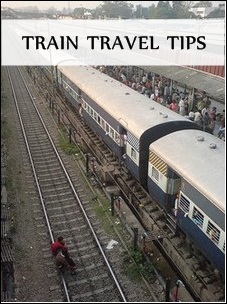


Learn HindiTraveling in India? Learn useful Hindi phrases for free!
|
|||||||
|
Connect with
| ||||||||
|
|
||||||||


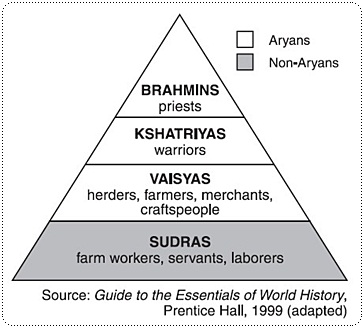





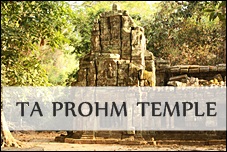
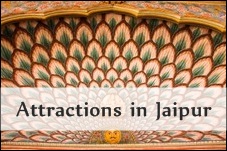

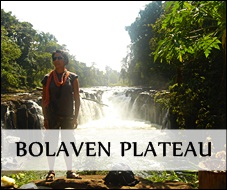





 Learn Hindi
Learn Hindi

